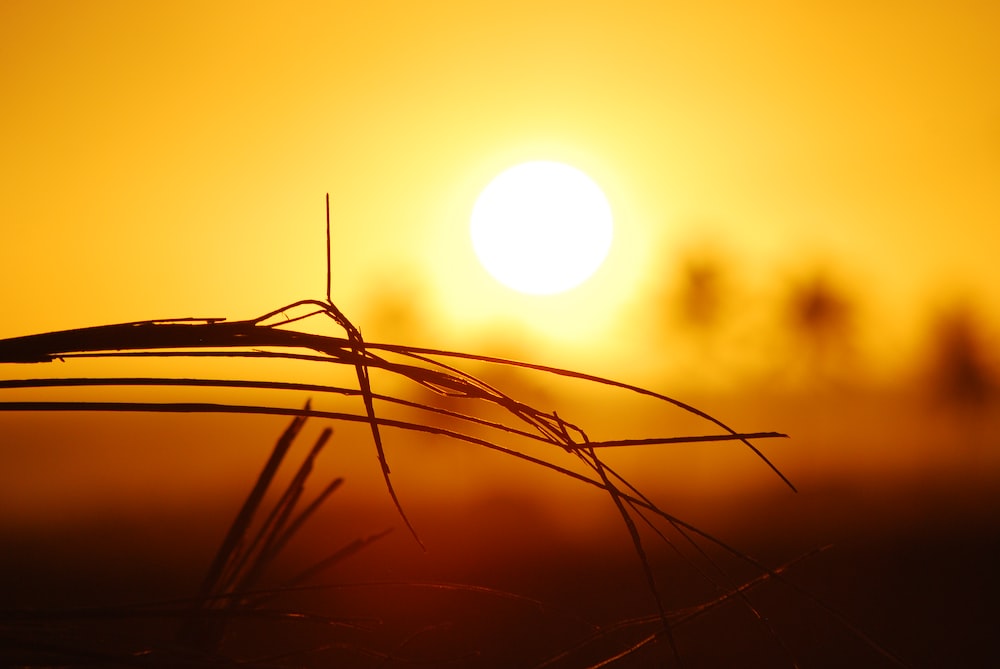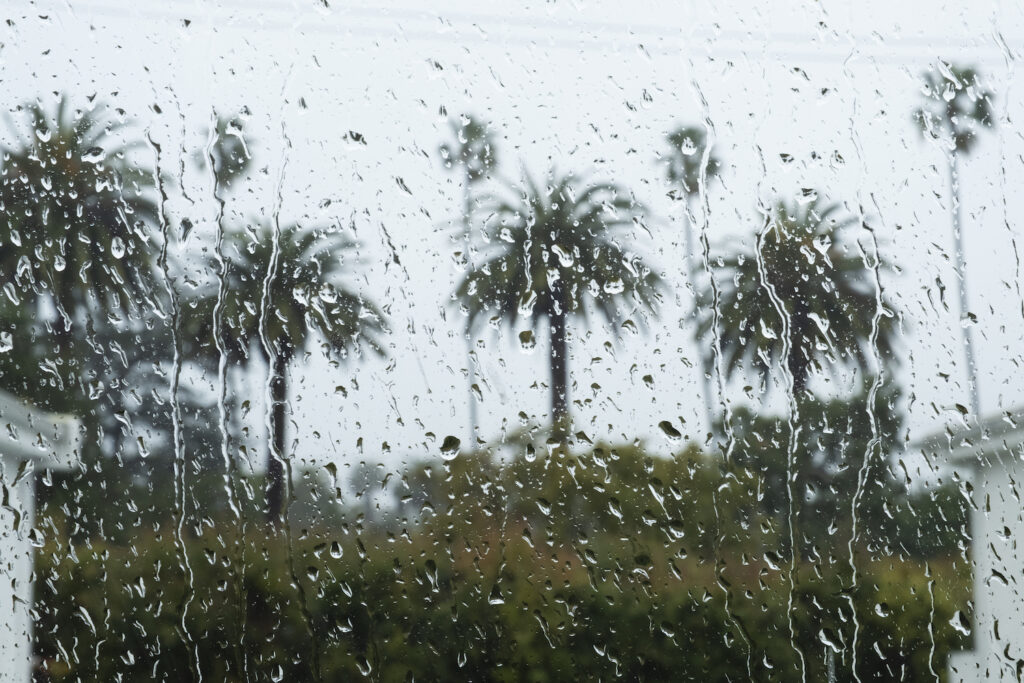On July 10, 1913, Death Valley, California, supposedly recorded a temperature of 134°F, which has long held the world record as the hottest day ever. But a new paper in the Bulletin of the American Meteorological Society argues that the day in question didn’t get hotter than 120°F and the world record should be rescinded. We’ve complained many times about climate officialdom monkeying around with historical temperature data to cool the past and warm the present, making us doubt the validity of the trends they so triumphantly wave in our faces. And for a story like this, if we were so inclined we might start with a headline about alarmists fiddling the records yet again to erase the heat of the past. But this time the lead authors are Roy Spencer and John Christy, developers of the University of Alabama satellite temperature record and contributors to the recent Department of Energy Red Team report. Since we like what they have to say on those issues we are obliged to take a serious look at this one too. It is, after all, cherry-picking to accept only data you like.
The record in question was recorded at Greenland Ranch, the irony of the name now reaching multiple levels. But in the years since, despite general warming, the same location has rarely reached even 130°F and many authors have expressed doubts about the 1913 record. And since Spencer and Christy noted that there are many other monitoring stations in the region at different altitudes, they gathered up all the daily records and constructed a model of the regional July lapse rate, namely the rate at which daily July temperatures vary as you go up in altitude from the surface.
Using the empirical model they could closely reproduce the July Greenland station record for most years, with a few outliers here and there but one standout exception, namely 1913, in which there was a 14°F gap between the model prediction and the observations over several days. Thus a mistaken reading at Death Valley would reconcile the supposed record with the fact that no unusual warmth was recorded at any other locations in the region on that day, which would otherwise have been expected if there had been heat wave conditions.
Spencer et al. then take a deep dive into the historical records of Death Valley in general and the Greenland Ranch in particular, which be it noted was a sparsely-manned outpost of a borax mining company. It turns out there had been several unofficial thermometers in use from the late 1800s onwards, but none were set up with scientific precision. One was hung on the veranda of the Ranch house in a place where it would reach much higher temperatures than in the open areas nearby.
Moreover, when the meteorological service set up an official weather monitoring station at the Ranch, near an open field, the readings were lower than what the workers expected. There were even letters from workers at the ranch complaining that the weather station was inaccurate since the daily readings weren’t as high as what they were used to seeing on the unofficial thermometers.
Spencer and coauthors conjecture that Oscar Denton, the grizzled ranch foreman tasked with writing down the daily maximum temperatures, took to substituting readings from the veranda thermometer when the dang gummint thermometer warn’t workin’ right. Plus they found photographic evidence that he moved the weather station around occasionally, contrary to the rules, indicating that Denton was likely looking for places where the reading would match his expectations. And at a certain point he may have just been making the numbers up, because there were stretches of days in which all the numbers end in multiples of 5.
For this reason Spencer, Christy and their coauthor, Death Valley historian William Reid, conclude that the 134°F degree record is likely bogus and the day was more likely a cool breezy 120°F.
This kind of deep dive into the story of a single temperature reading is not only interesting history, especially for those of us into that sort of thing. It’s also a useful reminder that a lot of our global temperature record comes from the Oscar Dentons of the world, writing down numbers on the front porch of remote outposts around the world, hardly the basis for modern claims about hottest years ever based on measurements in hundredths of a degree.


